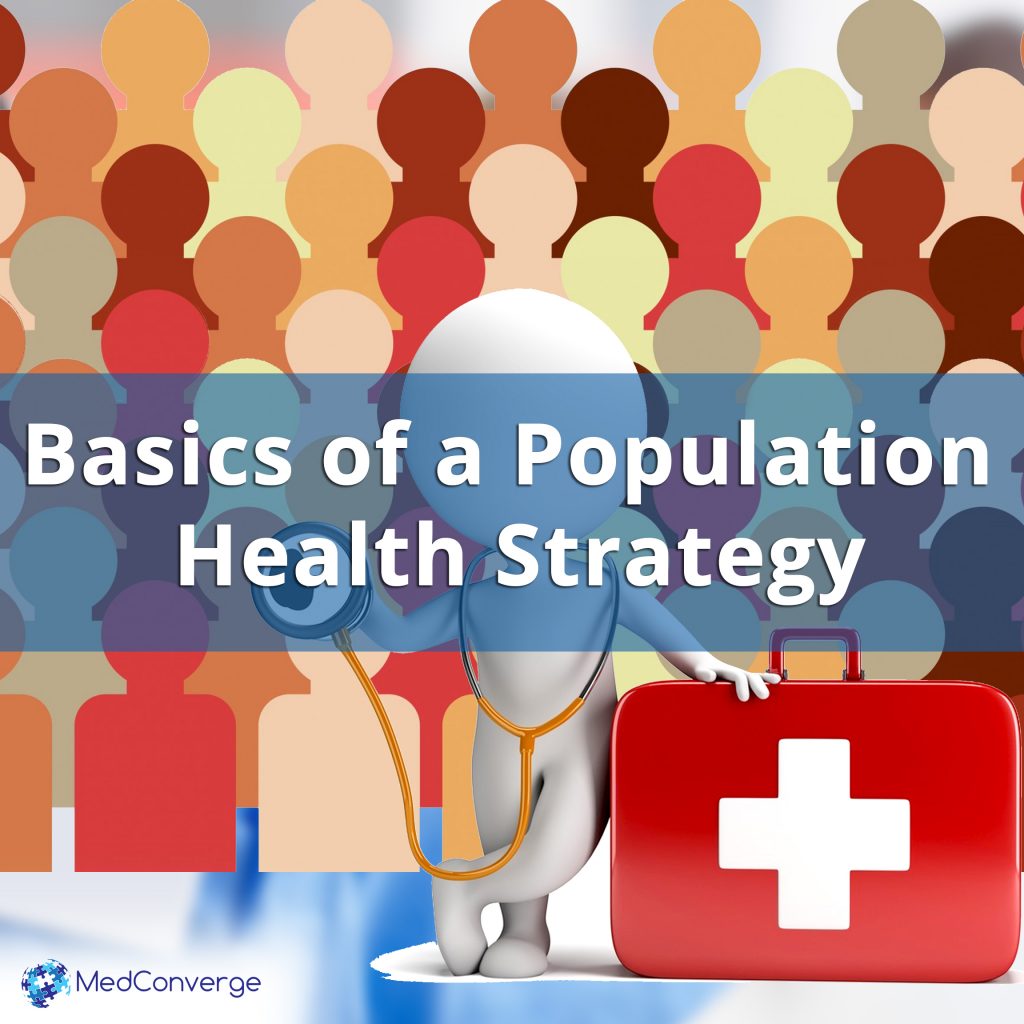Broadly defined as the health outcome of specific groups of people, population health management is making significant strides due to the various integrated delivery systems which include hospital-based readmission prevention programs, patient-centered medical homes and accountable care organizations.
Increasingly being used to target high risk populations, the population health management approach exhibits a significant overlap with existing care management programs. However, it also offers additional tactics to improve both the clinical and financial outcomes of the target populations. With the rapid transformation from ‘fee for service’ to ‘fee for value’, healthcare industry players are evolving better and more efficient population health strategies, and more complex care management interventions are being deployed and integrated to help case managers who are directly engaged in health activities understand this changing landscape. However, the road to the ER is often paved by failures in care coordination and lapses in care.
While the introduction of information technology was intended to result in better care, more often than not it has often been more of a burden to providers than a solution. Population health tools are hard to implement in a market where a small fraction of patients in a practice are on a cost and quality contract. However, well-designed population health tools if implemented properly, can create impact in ways that not only benefit the patient, but also create easier workflows for the provider while keeping the costs low for health systems and payers.
Years of working with population health management makes it abundantly clear that the provider must be engaged in the process. For the patient, after their own family, the relationship that matters the most is with the physician – and the basics of population health management is care. The most effective way to lower costs of care, improve quality and improve the physician work-life balance is through getting this care done as an integrated, coordinated care process involving the provider.
In order to achieve the triple aim, payers must partner with practices. Although programs like patient-centered medical homes, payers are attempting to move physicians toward value-based care in an integrated care model, there is still a lot of work to be done. So how do we spread this benefit to all practices with the support of payers in an efficient manner? There are five key principles that must be considered in any population health strategy.
Patient-physician relationship
Real population health management is about patient care and not just about data and analytics. People study and become doctors to help and care for those who are sick and unwell. Any new solutions or a feature in designing for population health management needs to take into account the patient-physician relationship.
Credibility gap between payer and provider
Data is managed and analyzed differently by payers and providers. While payers tend to think provider data is inaccessible and not standardized, providers think payer data is unworkable and comes in the wrong format. And, they’re both right. The need is to design population health management in a way that data and reporting help payers and providers work together.
Data and analytics
Data is only useful if it can be analyzed and acted upon. Collecting data for the sake of gathering information is of no use in population health management. Once the data is analyzed, there has to be an effort to ensure that those who are at risk are taken into confidence immediately. Timing is everything when it comes to population health.
Technology plus transformation
Most physicians viewed the new EHR system as more work, less productivity and negative financial consequences. Without financial incentive, population health management will also be viewed in the same manner. The right population health management tools combined with practice transformation that works can more than double a physician’s revenue.
Customer service
The customer is the reason you exist – retailers have known this for years; healthcare is still figuring it out. Successful population health management requires better customer engagement. Healthcare providers need to embrace strong customer service management principles to ensure both repeat and new customers at their doorsteps.
Conclusion
A well-designed population health management strategy is a combination of excellent customer service, unfailing clinical decision support and the right data – thus resulting in better outcomes.
References
- 2016-2018 Population Health Strategic Plan. (2016). Retrieved December 12, 2016, from www.mhin.org: http://www.mhin.org/wp-content/uploads/2016/05/MHINPopHealthStratPlan-FULLFINAL.pdf
- athenahealth. (2016, February 02). Population health management 101: New strategies and tools to care for high-risk patients. Retrieved December 12, 2016, from www.healthcareitnews.com: http://www.healthcareitnews.com/news/population-health-management-101-new-strategies-and-tools-care-high-risk-patients
- Crockett, M. (2014, May 05). 5 Principles for Crafting a Population Health Strategy. Retrieved December 12, 2016, from www.beckershospitalreview.com: http://www.beckershospitalreview.com/hospital-management-administration/5-principles-for-crafting-a-population-health-strategy.html
- Sprey, E. (2016, May 03). Population Health Strategies for Small Practices. Retrieved December 12, 2016, from www.physicianspractice.com: http://www.physicianspractice.com/ehr/population-health-strategies-small-practices/page/0/2








